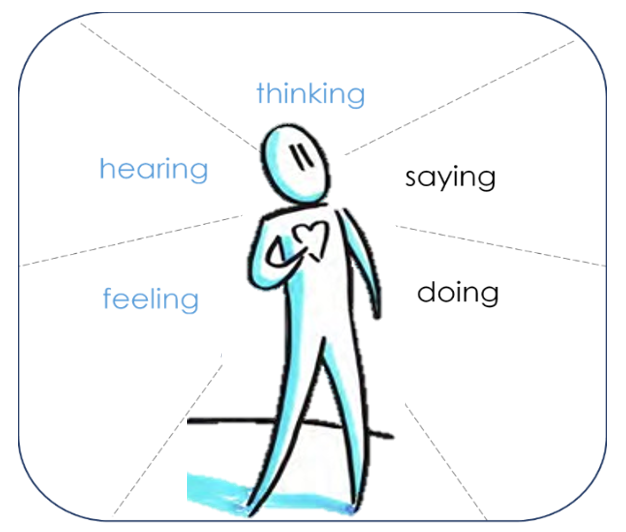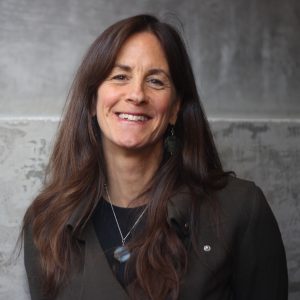Amidst the current chaos and divisiveness, there is a rising call for compassion and empathy. And people are rising to that call.
Stories from the MCAD community describing the looting and shooting are quickly followed with stories of solidarity and outpourings of labor and money and love. And we have been so thankful and appreciative of the expressions of compassion and solidarity that have been flowing in from all over the world.
As we move past responding to the immediate crises and look toward building a better and more beautiful future together, we clearly need to dive deeper into understanding each other. But before we can do that effectively, we need to dive deeper into understanding ourselves.
You want to listen, but do you recognize the difference between what you hear and what is being said?
You want to understand, but do you recognize how your hidden assumptions skew what you think?
You want to act, but do you recognize how your underlying feelings influence what you do?
You can begin to answer those questions by using a tool from the designers toolbox:
the Empathy Map.
Empathy mapping is a tool designers use to better understand the person, or end-user, that they are designing for. At the very beginning of the design process, the designer collects specific information about the end-user, ideally from direct interviews and observations. The Empathy Map is a way to organize and visually share the insights that emerge.
You can use this tool to gain insights into yourself by objectively observing what you are actually seeing, hearing, saying, and doing — compared to what you think you are — and what you are simultaneously feeling and thinking. This information can help you reflect on how you are showing up and engaging in the world; how and why others might be seeing, hearing, and responding to you; and why you might be doing (and seeing and hearing and saying and thinking) what you are. You can then use these insights and the map to create a goal of how you want to show up in the world.
To use the Empathy Map on yourself
After you experience a difficult or divisive engagement with someone (or after engaging with social media), take a bit of time to first write down the basic circumstances (time, place, activity or event) and then, as objectively as possible, answer these questions:
What am I seeing?
What am I hearing?
What am I saying?
What am I doing?
What am I feeling?
What am I thinking?
Do this often. If you are brave, ask others to corroborate or correct what you’ve written. Ideally, keep a journal just for this purpose. After you’ve built up some data on yourself, pause and reflect. What insights are emerging? What are your underlying assumptions? Are they valid? Do your actions and words express your values, who you really are, and how you want to be in the world? If not, what might you want your empathy map to look like?
In these times when we desperately need healing and unification, it is so important to understand others. To do that effectively, it is important to first, understand yourself.
[image courtesy of Stef Koehler, MASD 2013]

